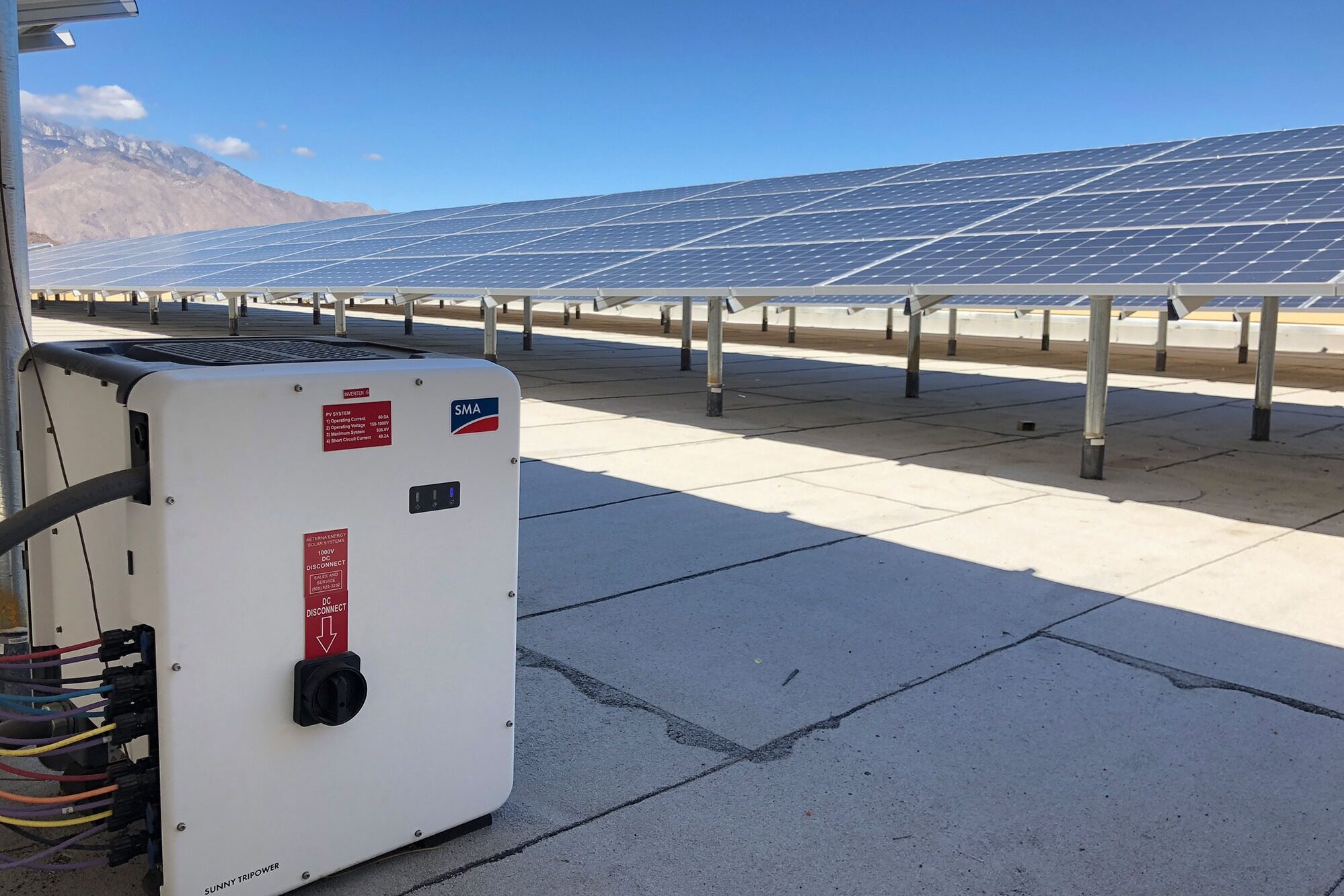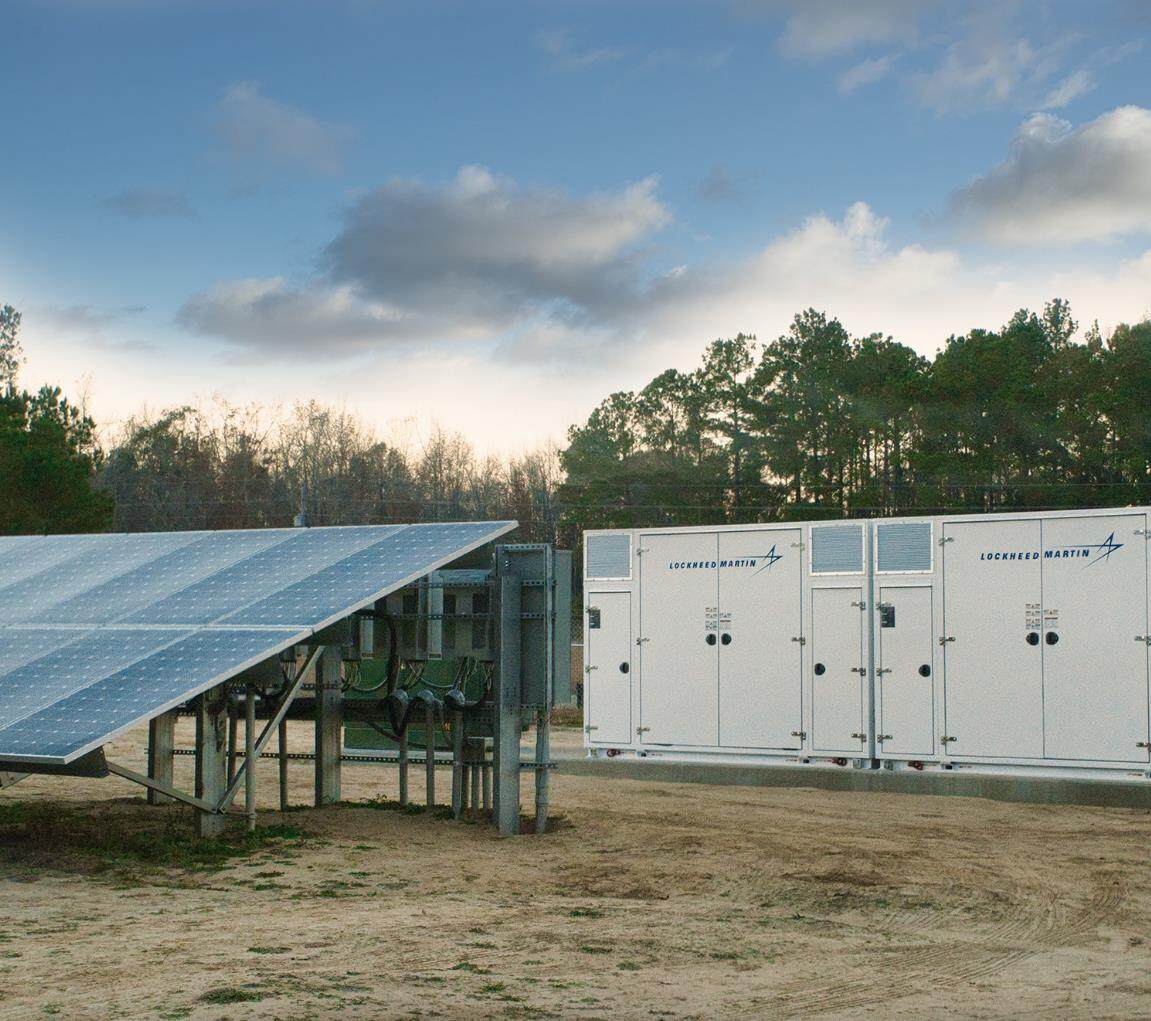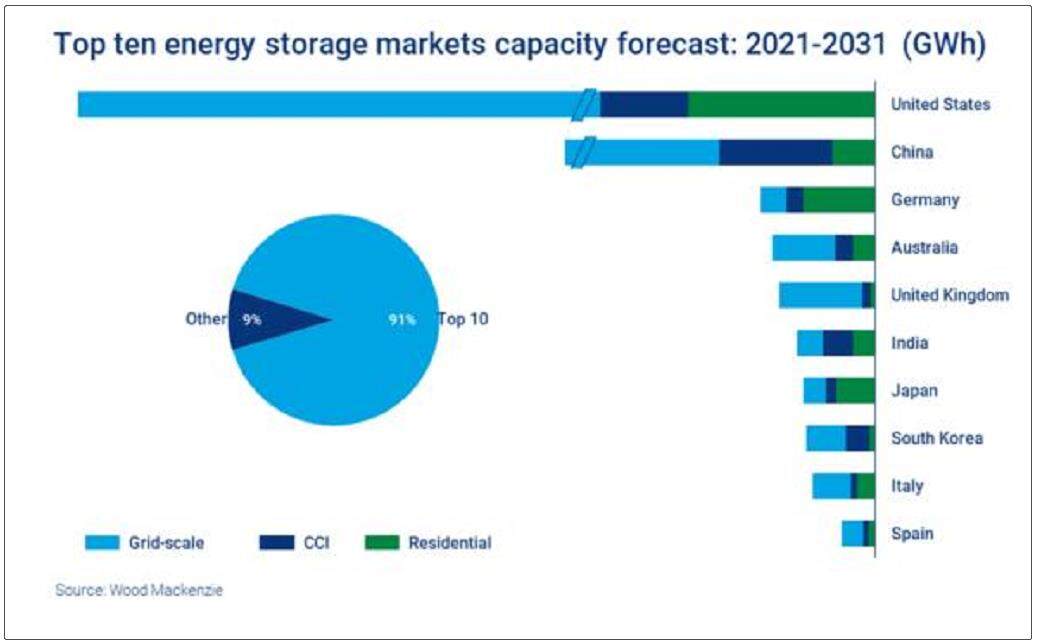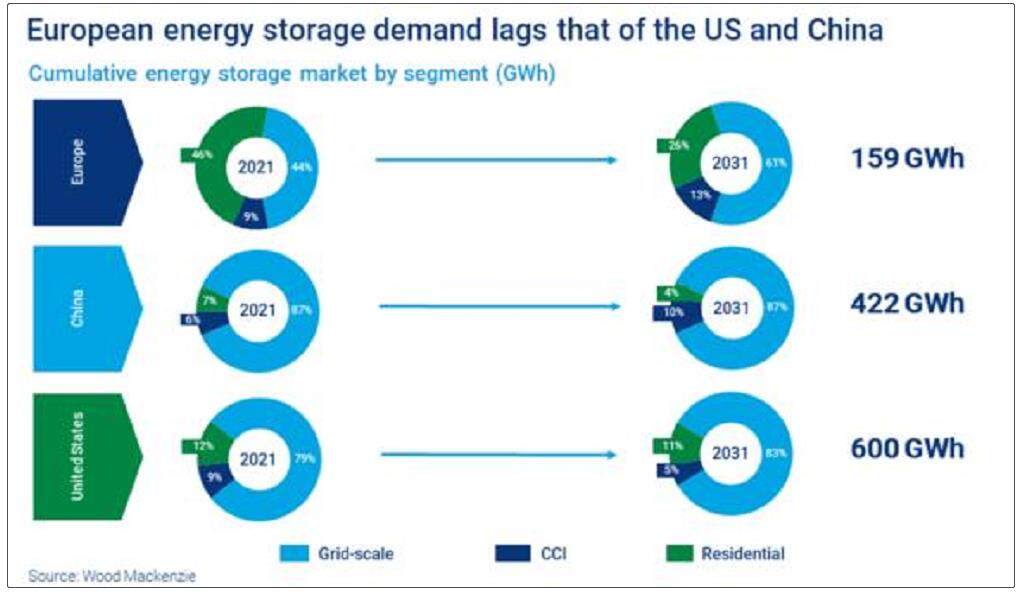- An important reason why energy storage technology has set off a boom in the world is that climate change achieves low carbon goals
- Energy storage technology is bound to be a new field for the world to explore, and energy transformation must be based on energy storage

As renewables play an increasingly important role in the grid, energy storage is also rapidly falling behind. Wood Mackenzie said 500 gigawatts are expected to be deployed globally by 2031, with China and the US accounting for 75% of global demand.

China released a five-year plan for energy storage in 2022, calling for the formation of a large-scale development supply chain by 2025, in which the state aims to reduce system costs by 30 percent by improving technical performance. Since the release of the plan, 12 provinces and cities have announced energy storage deployment targets, totaling 40 GW.

The market is expected to be highly consolidated over the next decade. The top 10 deployment countries are expected to account for 91% of global demand, with grid-scale storage accounting for the largest share of capacity.


The European market is expected to grow fivefold over the next decade, but the project economy in Europe is holding back expansion, Wood Mackenzie said. Policies may improve project economics. The European Commission's REPowerEU scheme provides for a simplified licensing process for storage and photovoltaic systems and calls for higher renewable energy targets, which in turn will drive demand for energy storage.
The European energy storage market is characterized by more distributed storage than grid size. Distributed storage has many benefits, one of the most important being the reduced need for high power transmission and substation expansion. It also makes the grid more decentralized and able to cope with extreme weather events and grid outages.Editor/XingWentao
Comment
 Praise
Praise
 Collect
Collect
 Comment
Comment
 Search
Search














Write something~